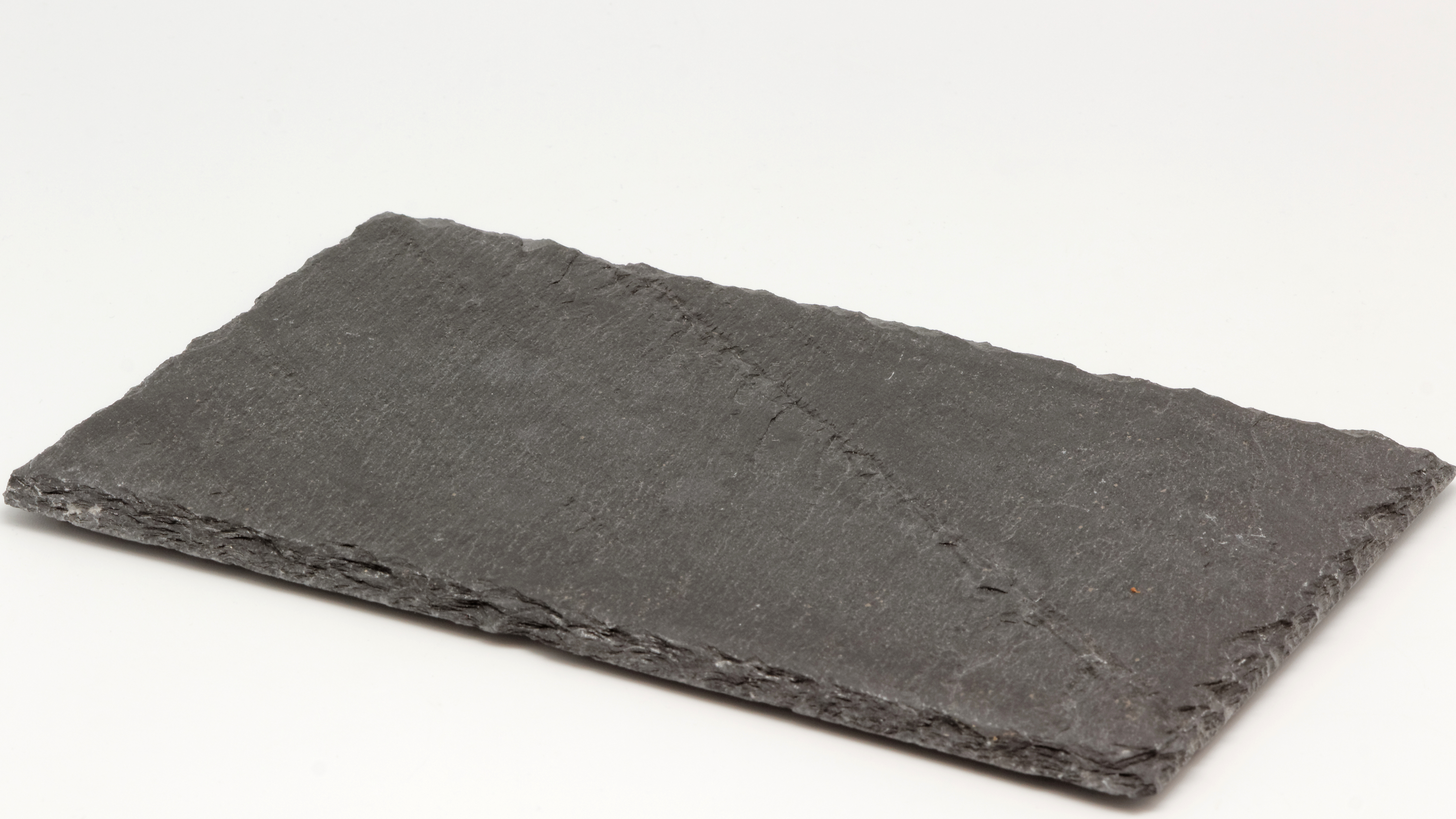Fissility (geology) on:
[Wikipedia]
[Google]
[Amazon]
 In geology, fissility is the ability or tendency of a rock to split along flat planes of weakness (“parting surfaces”). These planes of weakness are oriented parallel to stratification in
In geology, fissility is the ability or tendency of a rock to split along flat planes of weakness (“parting surfaces”). These planes of weakness are oriented parallel to stratification in
 In geology, fissility is the ability or tendency of a rock to split along flat planes of weakness (“parting surfaces”). These planes of weakness are oriented parallel to stratification in
In geology, fissility is the ability or tendency of a rock to split along flat planes of weakness (“parting surfaces”). These planes of weakness are oriented parallel to stratification in sedimentary rock
Sedimentary rocks are types of rock that are formed by the accumulation or deposition of mineral or organic particles at Earth's surface, followed by cementation. Sedimentation is the collective name for processes that cause these particles ...
s. Fissility is differentiated from scaly fabric in hand sample by the parting surfaces’ continuously parallel orientations to each other and to stratification. Fissility is distinguished from scaly fabric in thin section by the well-developed orientation of platy minerals such as mica
Micas ( ) are a group of silicate minerals whose outstanding physical characteristic is that individual mica crystals can easily be split into extremely thin elastic plates. This characteristic is described as perfect basal cleavage. Mica is ...
. Fissility is the result of sedimentary or metamorphic processes.
Planes of weakness are developed in sedimentary rocks such as shale
Shale is a fine-grained, clastic sedimentary rock formed from mud that is a mix of flakes of clay minerals (hydrous aluminium phyllosilicates, e.g. kaolin, Al2 Si2 O5( OH)4) and tiny fragments (silt-sized particles) of other minerals, especiall ...
or mudstone
Mudstone, a type of mudrock, is a fine-grained sedimentary rock whose original constituents were clays or muds. Mudstone is distinguished from '' shale'' by its lack of fissility (parallel layering).Blatt, H., and R.J. Tracy, 1996, ''Petrology.' ...
by clay particles aligning during compaction. Planes of weakness are developed in metamorphic rocks by the recrystallization and growth of micaceous minerals. A rock's fissility can be degraded in numerous ways during the geologic process, including clay particles flocculating into a random fabric before compaction, bioturbation
Bioturbation is defined as the reworking of soils and sediments by animals or plants. It includes burrowing, ingestion, and defecation of sediment grains. Bioturbating activities have a profound effect on the environment and are thought to be a ...
during compaction, and weathering
Weathering is the deterioration of rocks, soils and minerals as well as wood and artificial materials through contact with water, atmospheric gases, and biological organisms. Weathering occurs '' in situ'' (on site, with little or no movement ...
during and after uplift. The effect of bioturbation has been documented well in shale cores sampled: past variable critical depths where burrowing organisms can no longer survive, shale fissility will become more pervasive and better defined.
Fissility is used by some geologists as the defining characteristic which separates mudstone (no fissility) from shale (fissile). However, some professions, like drilling engineers, continue to use the terms shale and mudstone interchangeably.
See also
* Fabric (geology) *Fissure
A fissure is a long, narrow crack opening along the surface of Earth. The term is derived from the Latin word , which means 'cleft' or 'crack'. Fissures emerge in Earth's crust, on ice sheets and glaciers, and on volcanoes.
Ground fissure ...
* Fracture (geology)
A fracture is any separation in a geologic formation, such as a joint or a fault that divides the rock into two or more pieces. A fracture will sometimes form a deep fissure or crevice in the rock. Fractures are commonly caused by stress e ...
References
Structural geology {{geology-stub